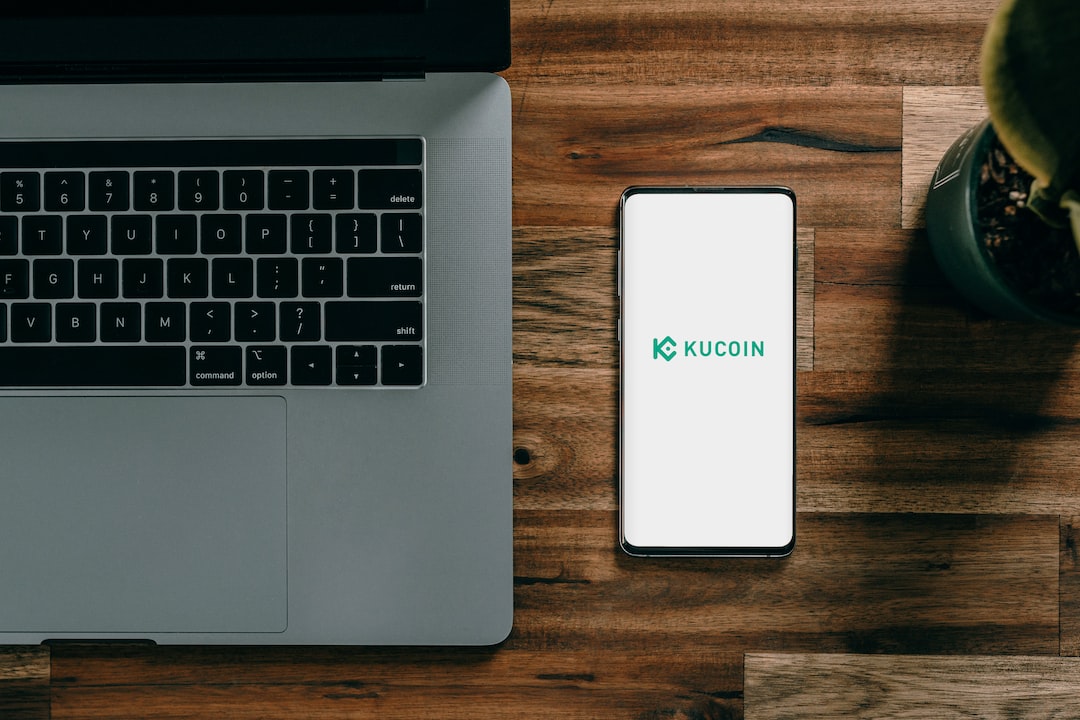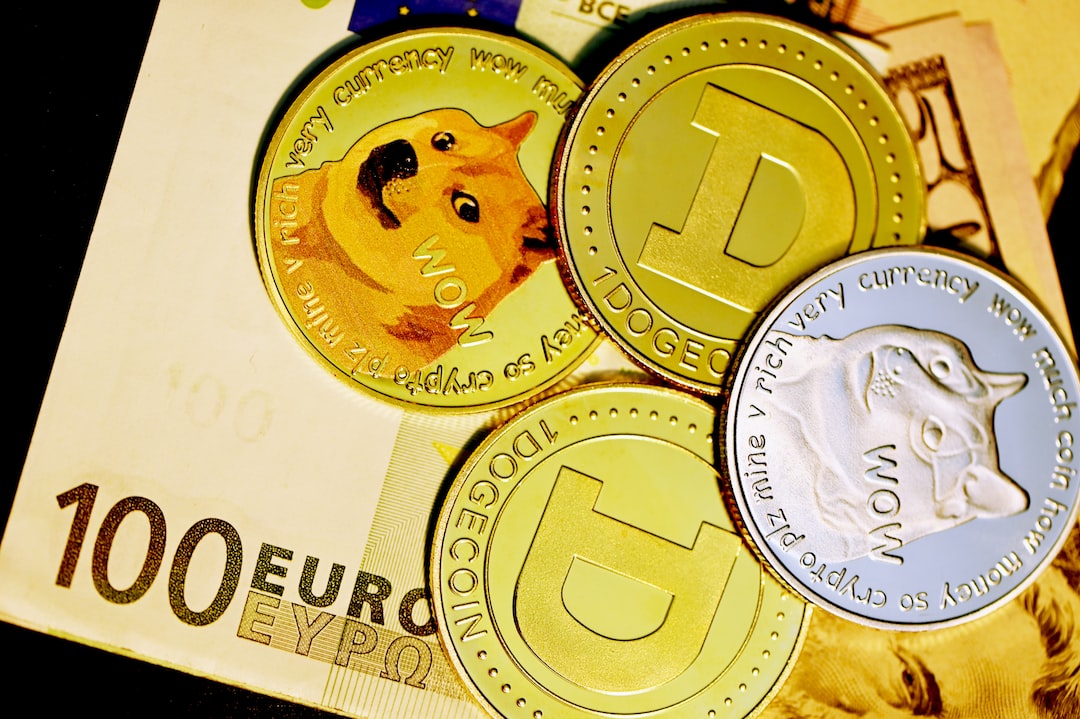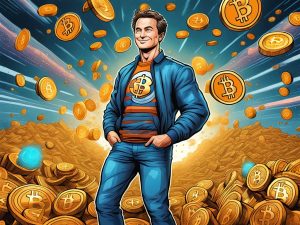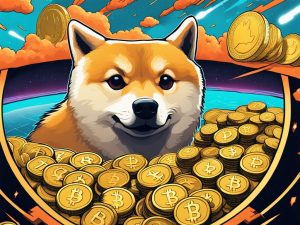Shiba Inu’s SHIB Burn Rate Surges 6,000%
The burn rate of Shiba Inu’s SHIB token has experienced a significant increase of almost 6,000% in the past week, resulting in the destruction of approximately 9.4 billion tokens. This surge in burning activity coincides with a noticeable decline in transaction volume on Shibarium, the coin’s layer 2 network.
Impressive Increase in Burn Rate
Over the course of the week, Shiba Inu has seen an impressive 5,972.36% uptick in its burn rate, removing more than 9.4 billion tokens from circulation. This burn rate represents over 10% of the total SHIB tokens destroyed last year.
Burning tokens is a common practice aimed at reducing the circulating supply and potentially driving up prices through scarcity if demand remains high.
Market Value Surge and Shibarium Transactions Decline
The notable increase in SHIB’s market value this week can be attributed to its elevated burn rate. This rise coincided with a broader market resurgence triggered by the approval of several spot Bitcoin ETFs in the US.
However, while SHIB’s price has risen by about 5% over the past week, Shibarium has experienced a decline in daily transactions, dropping from an average of 7 million in December to less than 2 million this month.
Growth and Adoption of Shibarium
Despite the decline in transactions, other network metrics highlight the significant growth and adoption of Shibarium since its launch. The layer 2 blockchain currently has 1.3 million wallets and has generated 2.64 million blocks. Additionally, the total value of assets locked on Shibarium reached a peak of around $1 million earlier this month.
Hot Take: Shib Burn Rate Skyrockets While Shibarium Transactions Decline
The burn rate of Shiba Inu’s SHIB token has surged by an astounding 6,000% in the past week, resulting in the destruction of billions of tokens. This increase in burning activity coincides with a decline in daily transactions on Shibarium, the coin’s layer 2 network. While SHIB’s market value has experienced a notable surge, its transaction volume has dwindled. These contrasting trends suggest that investors are increasingly focused on token burning as a means to drive up prices rather than actively using the token for transactions on the network.





 By
By
 By
By
 By
By

 By
By
 By
By